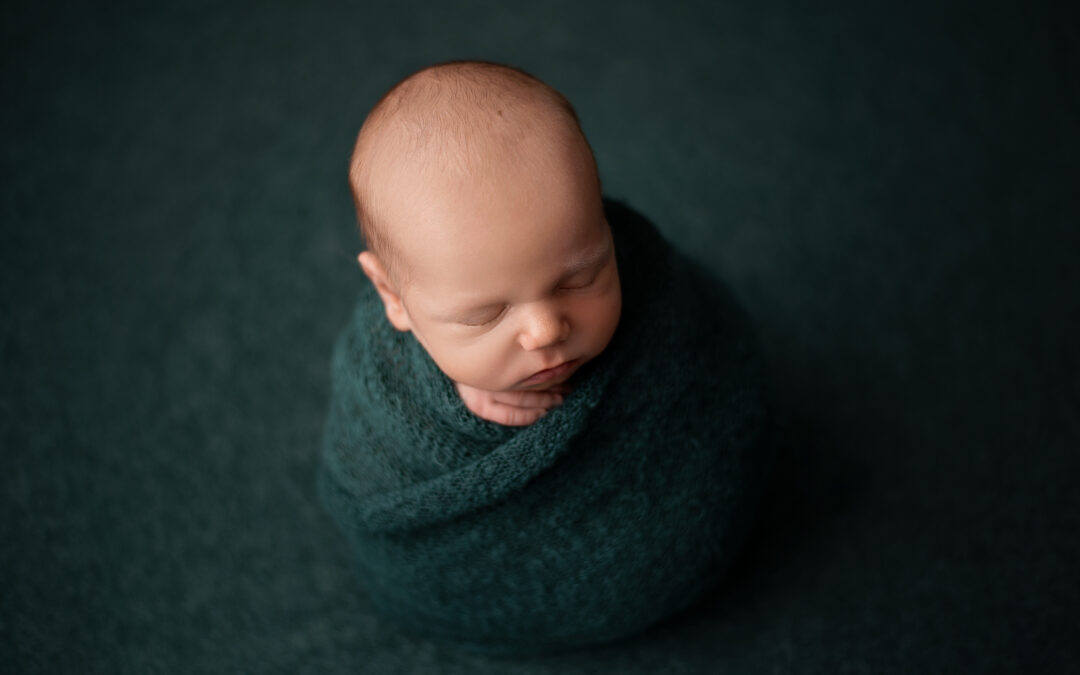Photography Colour Balance | Newborn Photography Pickering
Photography color balance for our newborn photography Pickering studio is an essential aspect of image creation. Photography colour balance is crucial for the role of conveying emotions, setting the mood, and capturing the essence of a scene. Colour balance refers to the distribution of colors within an image. How these colours interact with one another creates a harmonious visual impact on an image. Achieving the right color balance is essential for producing images that accurately represent the scene as perceived by the human eye.
Photography Colour Balance | Newborn Photography Pickering
In the world of photography, color balance is often discussed in terms of the three primary colors: red, green, and blue. These colors form the basis of the RGB color model. This colour model is commonly used in digital imaging. The proper combination of these three primary colours in an image results in a neutral color balance, where whites appear truly white, grays are neutral, and other colors are accurately represented.
Photography Colour Balance | Newborn Photography Pickering | Photography Lighting
One of the largest challenges in photography color balance for our newborn photography studio Pickering is dealing with different lighting conditions. Natural light, artificial light, and mixed-lighting environments can all have a different colour/hue to an image and as such impact on the colors captured in an image. For example, the warm tones of a sunset can cast a reddish/warmer hue on a scene, while fluorescent lighting may introduce a bluish/cool tone. Photographers need to adapt to these conditions and make adjustments to ensure accurate color representation.
Photography Colour Balance | Newborn Photography Pickering | Colour Balance Presets
The concept of color temperature plays a vital role in understanding and achieving proper color balance. Color temperature is measured in Kelvin (K). The lower values of Kelvin represent warmer tones (reds and yellows) and higher values of Kelvin represent cooler tones (blues). Daylight typically has a cooler colour temperature of around 5500K. Incandescent lights are warmer colour temperature at around 2700K. Photographers must adjust their camera’s white balance settings to compensate for these variations. These variations maintain accurate colour in the image that is perceived by the human eye.

Photography Colour Balance | Newborn Photography Pickering | Manual White Balance
White balance is a critical tool in achieving the desired color balance. Cameras offer various white balance presets to help photographers match the colour of the light source. Theses presets are usually labeled as daylight, cloudy, shade, tungsten, and fluorescent. Additionally, custom white balance is an option and used more frequently with professional photographers. Custom white balance is what we use at our newborn photography Pickering studio. Custom photography white balance allows photographers to manually set the white balance based on a neutral reference. This could be a photography grey card. This grey card ensures precise color accuracy in challenging lighting conditions.
Photography Colour Balance | Newborn Photography Pickering | Post Processing Softwares
Post-processing software also plays a significant role in fine-tuning photography color balance during the editing stage. Speciality computer software such as Adobe Lightroom or Photoshop may be used to adjust color temperature, tint, and color balance sliders to enhance or correct the colors in an image. Programs such as these allow flexibility for photographers to express their creative vision and style while maintaining a natural and pleasing color balance.
Photography Colour Balance | Newborn Photography Pickering
photography color balance is a multifaceted concept that requires an understanding of color theory, lighting conditions, and technical tools. With this knowledge achieving the right colour balance is easy. This information is crucial for creating visually appealing and emotionally resonant images. Whether capturing the warm hues of a sunrise, the cool tones of a moonlit night, or the vibrant colors of a bustling city, photographers must master the art of color balance to convey the true essence of their subjects.

